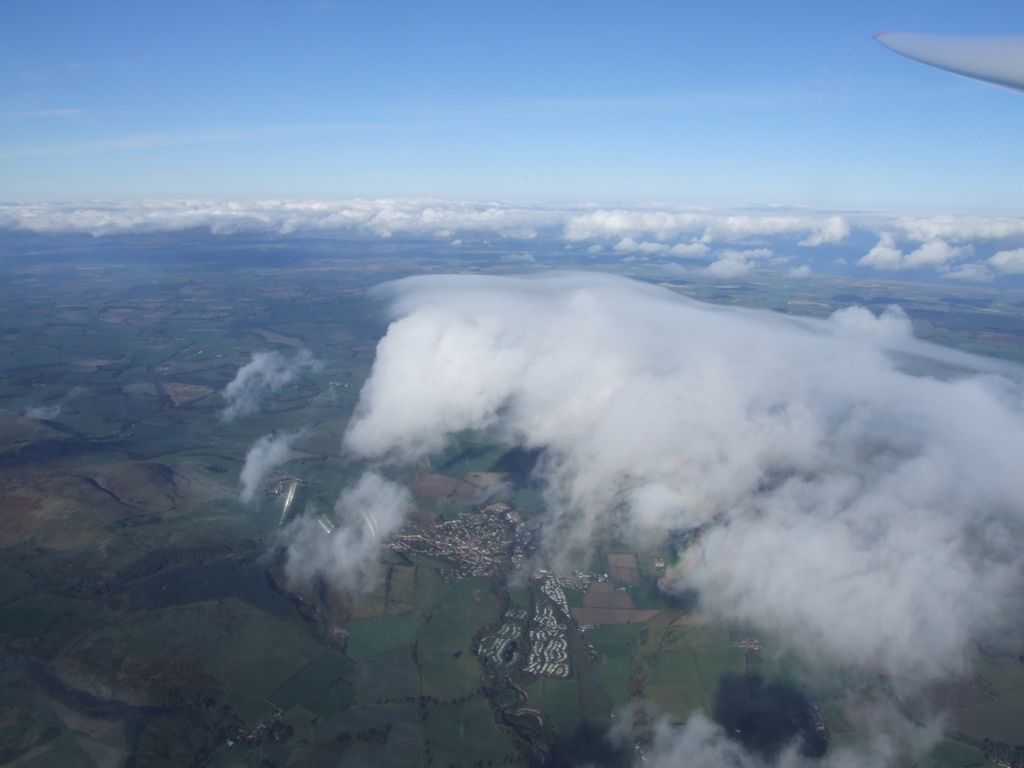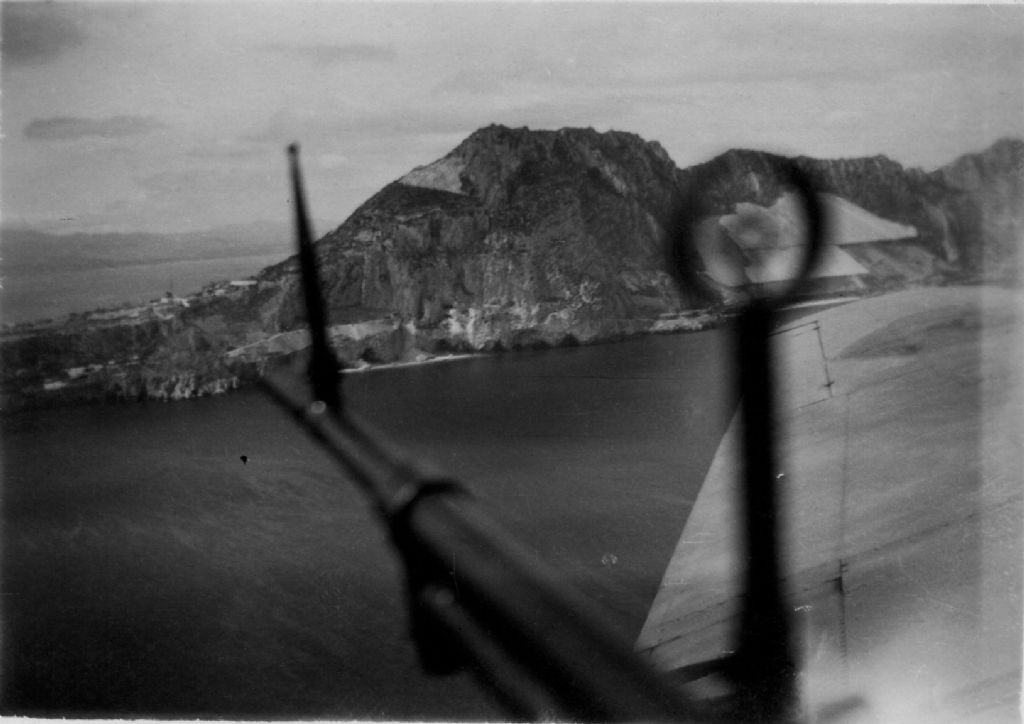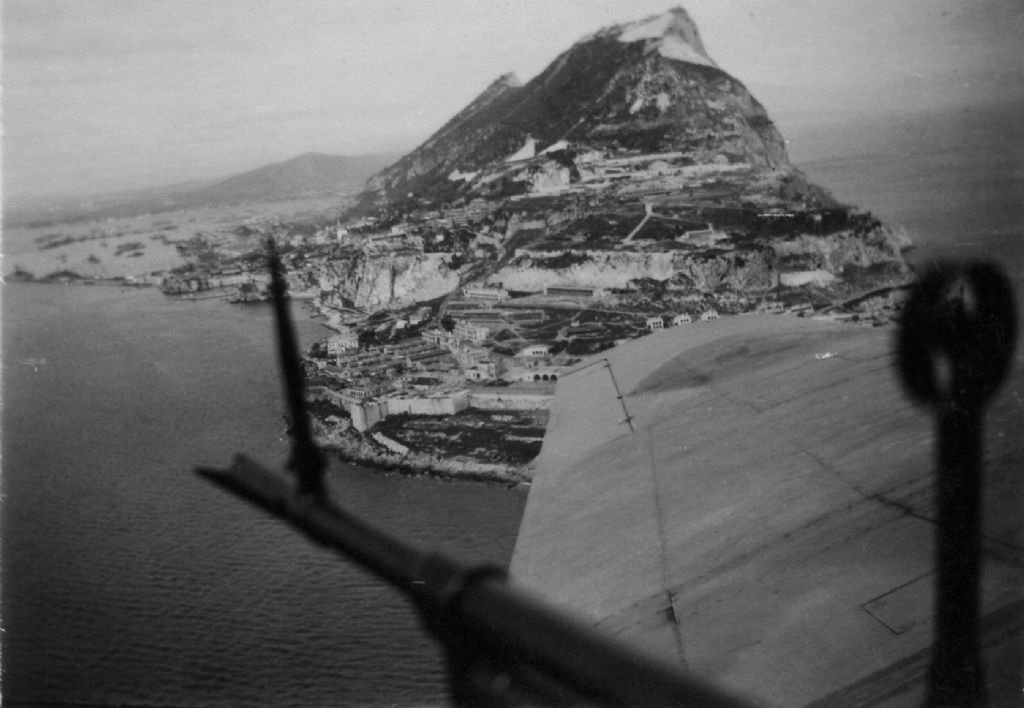Wave forms when there is a stable layer of the atmosphere trapped between two unstable layers. Ideally the stable layer is around the height of the obstruction that sets off the wave. Unlike waves in a stream waves in the atmosphere can go to many times the height of the obstruction setting off the wave.
Although I have flown in wave with lenticular clouds, in my experience the classic lenticular cloud is relatively rare in the UK. There's a tendency to assume no lenticular equals no wave; not so. I used to start my gliding club lectures on wave flying with three pictures, all taken at over 20000 feet, and not a lenticular in view.
There is often a lot of low level cloud mixed in even when conditions are right for wave. The trick is to work out what is going on. Some signs are a cloud edge that doesn't seem to be moving across the ground, and small wisps of cloud moving vertically. Of course local knowledge is vital, so always identify the local club experts and listen and watch. When they launch you want to follow!
Here's a picture of a wave flight, nothing spectacular, my logbook notes 7500ft. I think the town at centre bottom is Wooler in Northumberland:

There is a hint of laminar flow over the top of the cloud mass. I think the cloud is a mix of stable flow and roll cloud that sometimes forms under the wave flow. The critical points were that the cloud wasn't moving across the ground and the tatty bits of cloud at the lefthand edge were forming and dissipating very quickly and wisps were flowing vertically.
It's an out of this world ethereal experience flying in wave. The wind can be strong (60+ knots) and you may be climbing at many hundreds of feet per minute. But the air is apparently absolutely still. I often 'fly' hands and feet off the controls and just let the glider climb. It's just like sitting in the armchair, if rather colder.
The downside is that the turbulence below the wave system, when taking off and landing, can be some of the worst you'll ever encounter.
Andrew
 Martin Connelly.
Martin Connelly.


 the most instantly recognisable aircraft noise ever.
the most instantly recognisable aircraft noise ever.




